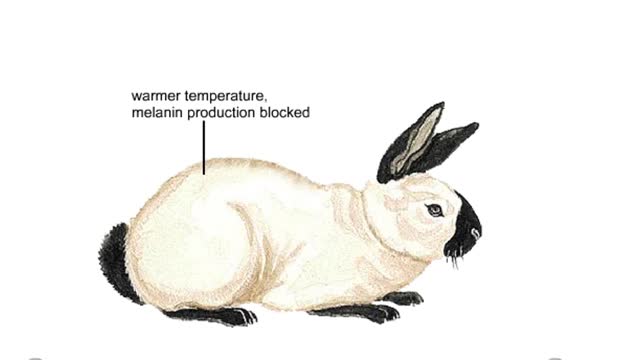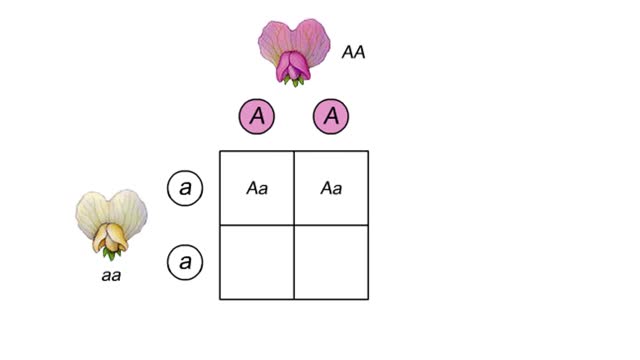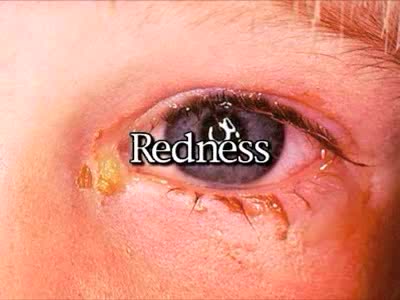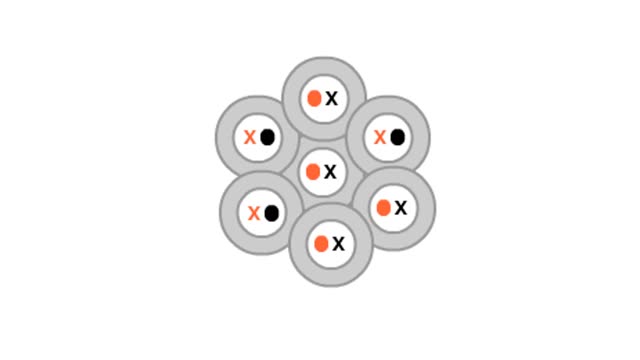Search Results
Results for: 'White blood cells'
Effect of the environment on coat color in the Himalayan rabbit Animation
By: HWC, Views: 6917
An organism's phenotype—the combination of traits that we observe—is the product of interactions between its genotype and the environment. For example. a Himalayan rabbit is completely white at birth. But within weeks, the fur on the rabbits ears, nose, tail. and lower legs darkens. The...
By: HWC, Views: 9244
A monohybrid cross is a cross between two parents that breed true for different versions of a single trait. In this example, that trait is flower color. The allele that specifies purple flowers is dominant over the allele that specifies white flowers. The purple-flowered plant has two domin...
By: Administrator, Views: 14495
Conjunctivitis, also known as pink eye, is inflammation of the outermost layer of the white part of the eye and the inner surface of the eyelid. It makes the eye appear pink or reddish. Pain, burning, scratchiness, or itchiness may occur. The affected eye may have increased tears or be "stuck shu...
X chromosome inactivation in calico cats
By: HWC, Views: 8330
X chromosome inactivation causes a mosaic tissue effect in calico cats. what makes this female calico cat "calico." Like all mammals, this cat began her life as a single cell. That cell had two X chromosomes, one from each parent. One of the chromosomes carried a dominant allele for the ...
Red Blood Cells - Erythropoietin (EPO)
By: HWC, Views: 11236
• The endocrine system maintains many body conditions within normal limits with feedback loops. Each endocrine feedback loop maintains homeostasis using the following components: • Stimulus - a change in a body condition. • Production cell - an endocrine cell that produces a hormone aft...
By: HWC, Views: 11046
A baroreceptor is a specialized nerve ending that allows your brain to sense blood flow and blood pressure in the major blood vessels of your circulatory system. • The aortic arch carries blood to the body. • The common carotids carry blood to the head. • Baroreceptors measure chang...
Glucagon (glycogenolysis and gluconeogenesis)
By: HWC, Views: 11131
• Exercise, or not having eaten recently, causes a decline in blood glucose concentration. • Low blood glucose stimulates alpha cells in the pancreatic islets to secrete glucagon. • Glucagon targets liver cells. • Glucagon causes liver cells to undergo: • Glycogenolysis, a proce...
Oxygen transport - methods and oxyhemoglobin
By: HWC, Views: 11169
• The blood is the medium used for gas transport throughout the body. • Oxygen is only available in the lungs. Because the partial pressure of oxygen is higher in the alveoli than in the blood, oxygen diffuses into the blood and is transported to systemic cells. • At the tissues the par...
Insulin (glucose uptake by body cells), glycogenesis and lipogenesis
By: HWC, Views: 11565
Insulin is the regulator that allows the sugar from the foods we eat (be it a piece of cake or a stick of celery) to enter our tissues and become part of the metabolic process. Insulin is made by the Islets of Langerhans, which are found in the pancreas of every person. As we previously mentio...
Advertisement











